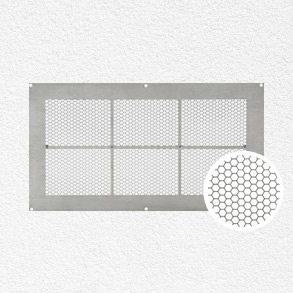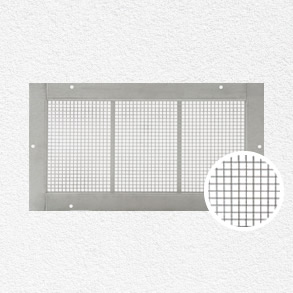Flood safety week was last month. Throughout the week, FEMA posted flood safety tips, stories about flooding and reminders to get prepared on their blog. One particularly interesting submission was by Scott E. Schermerhorn, Master Technician – Technical Rescue, Fairfax County Fire and Rescue Department. For the past ten years, he’s been involved in swift water response and rescue. In his article, he reveals the lessons he’s learned in his work. Here are just a few:
- Be prepared. Your flood safety plan should identify areas of risk around your home. Know your evacuation route and stay away from areas prone to flash flooding.
- Heed warnings. Almost everyone Scott has had to rescue did not listen to flood warnings and made a conscious decision to enter a flood water area.
- Floods can occur anywhere, at any time. Floods don’t just result from excess precipitation. They can also occur as a result of snowmelt or mechanical failure, such as burst dams or pipes.
- Follow the directions of rescuers. You might think you’re safe sitting on the top of your car surrounded by floodwater. You’re not. Listen to and follow the instructions of emergency crews.
When you’re thinking about flood preparation, consider installing flood vents in your home. Flood vents help protect your home from flood damage by helping to maintain your home’s structural integrity.
Our FEMA compliant flood vents are available in three different models. They come with easy to follow installation instructions, and we’re always available to answer your questions. For more information about our flood vents, contact Flood Solutions.






